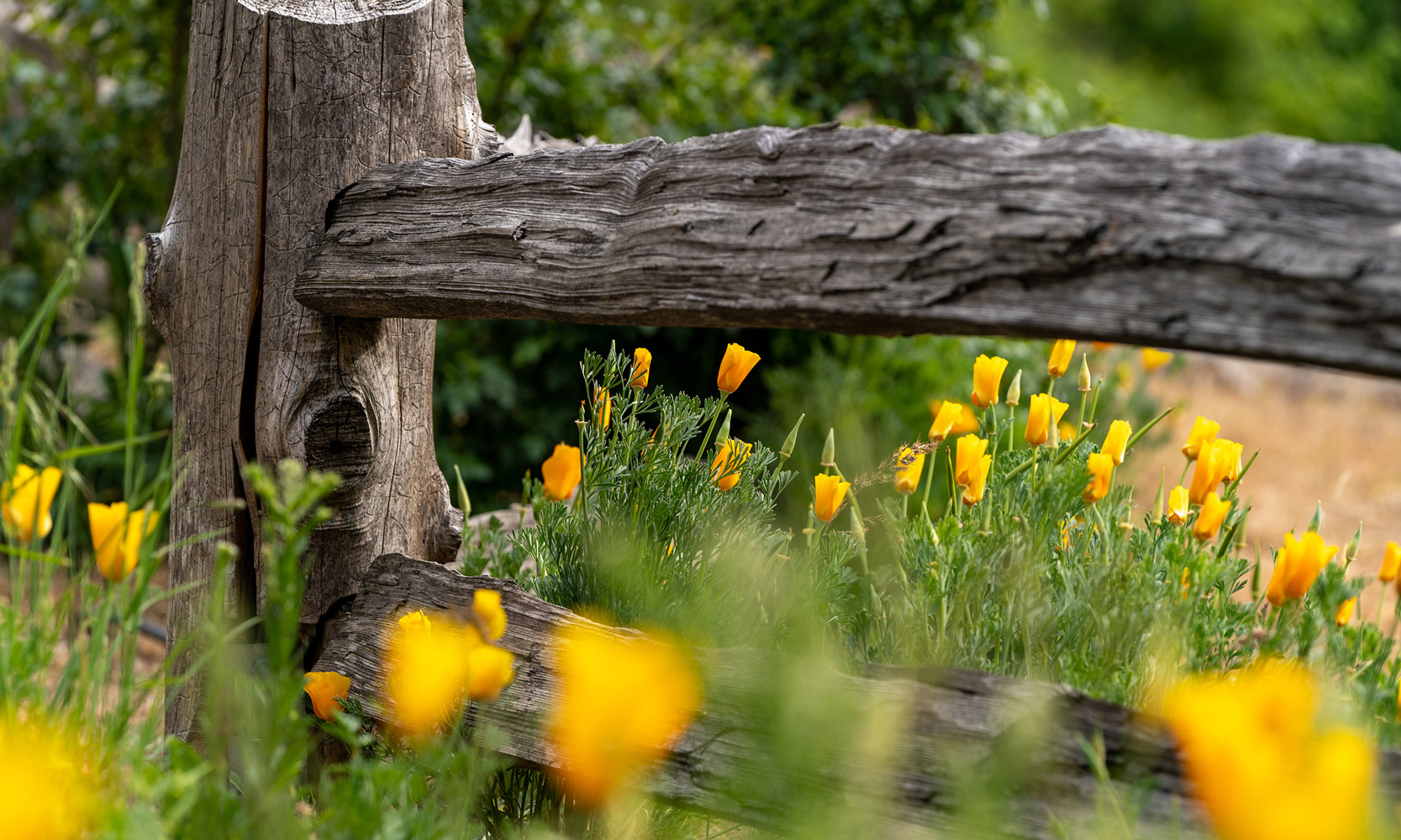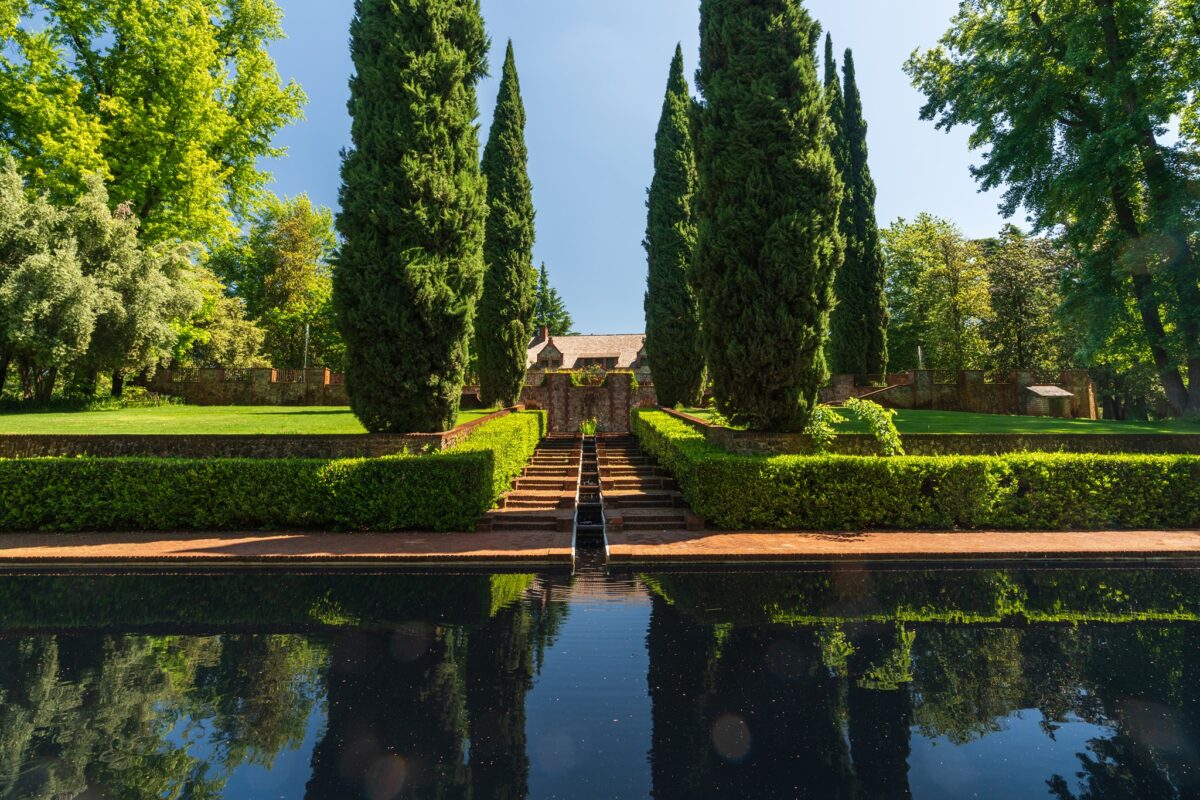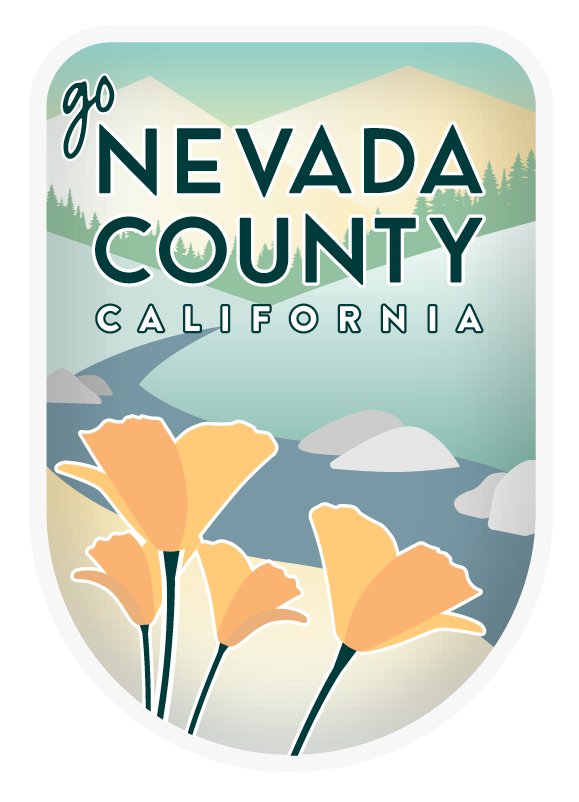Discovery of gold in 1848 carried California’s name around the globe. Men came from the East, England, Germany, Chile, China, and all around the world. By the mid-1850s, an estimated 120,000 miners were at work in California. For the most part, prospectors found little romance in the Gold Rush. Mining was hard, dirty work, prices were high, and living conditions bad. Few miners struck it rich and most of the profits went to merchants and suppliers. It was the gold mining history after the “boom” that made Nevada County what it is today.
Post Gold Rush – More Business Less Adventure
By 1873, the number of California miners had dwindled to 30,000. Mining was becoming more of a business and less of an adventure. Wealthy mine owners built large hardrock and hydraulic mines that employed hundreds of men. The rich underground mines of Grass Valley made it the richest mining community in California. Even during the 1930’s Depression, Grass Valley thrived because of its mining-based economy.
Our Towns Offer Unequalled Access To Gold Mining History
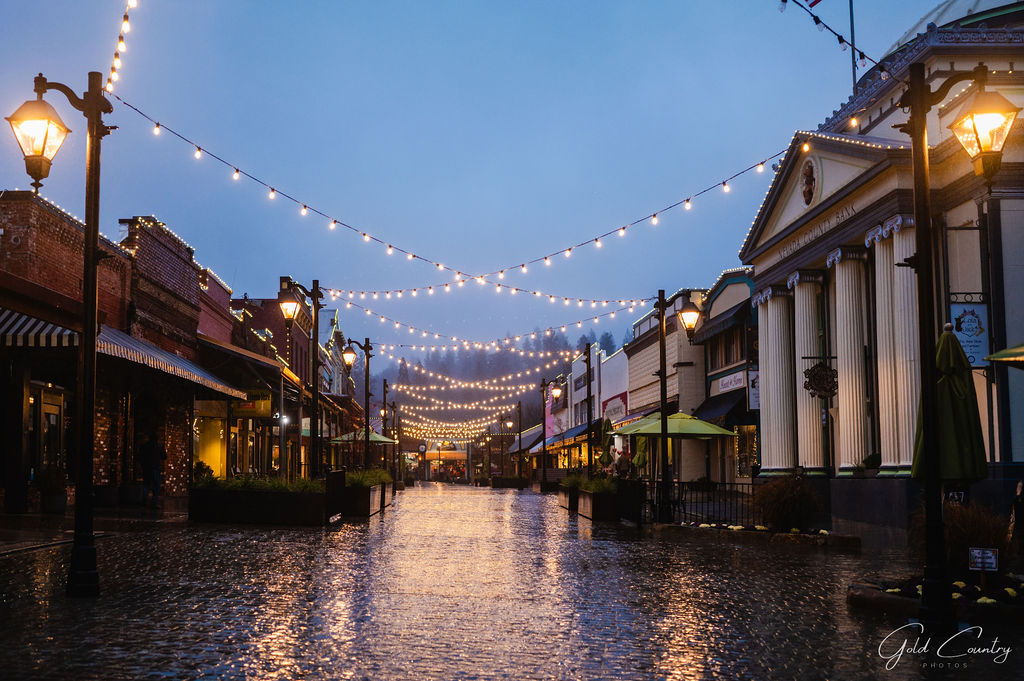
The business districts and Victorian neighborhoods of Grass Valley and Nevada City grew from this early mining heritage. And because of this, these historical treasures are carefully protected today.
Grass Valley and Nevada City offer a range of gold mining history unequalled elsewhere in the Gold Country. All of the different mining techniques are explained through numerous exhibits of mining gear and memorabilia. And if you’d like to try your hand at recreational gold panning, you can still find “color” in Nevada County rivers!
Grass Valley
North Star Mining Museum and Pelton Wheel Exhibit
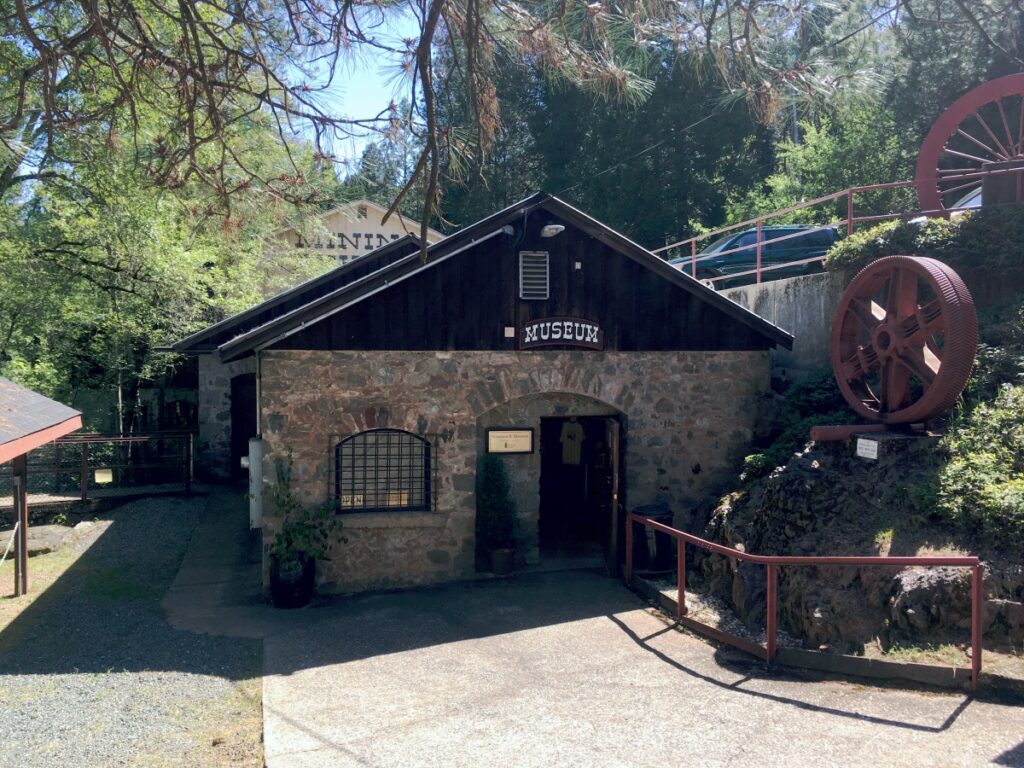
Operated by the Nevada County Historical Society, this museum (California Historic Landmark No. 843) is recognized as the most complete hardrock mining museum in California. The museum is located in an 1895 stone building, once the powerhouse for the North Star Mine. Outside is a small creekside park for picnics and relaxation.
What To Expect
Attractions include a 30-foot Pelton Wheel, the world’s largest, built by A.D. Foote in 1895. You’ll also find a Man Skip that carried miners down into the mines, and a Cornish Pump used to remove water from mine shafts. An assay room, blacksmith shop, stamp mill, and dynamite-packing machine are among more of the numerous exhibits.
Additional Info
Located at the end of Mill Street, near McCourtney and Allison Ranch roads, the museum is open daily 10 am to 5 pm, May 1 through Oct. 15 and by special appointment. There is no admission charge and donations are welcome. For information, call (530) 273-4255.
Empire Mine State Historic Park
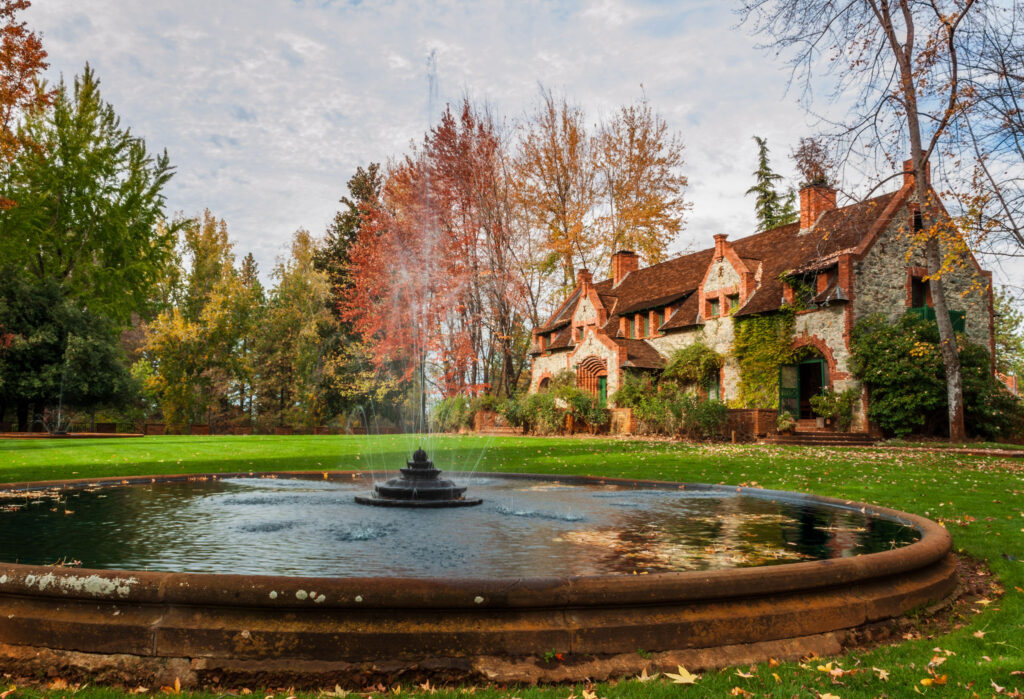
This 800-acre state park tells the story of hardrock gold mining. Hardrock miners worked in vertical or inclined shafts deep beneath the earth’s surface. Gold was found in drifts or “shoots” of quartz. The Empire Mine operated from 1850-1956, producing some 5.8 million ounces of gold from 367 miles of underground shafts.
What To Expect
Visitors may look down and explore parts of the main shaft of the richest gold mine in California history. you can also tour the mine yard and buildings, and stroll the formal gardens surrounding the impressive stone home where the wealthy mine owner once lived.
The State of California purchased the Empire Mine properties in 1975 for $1.2 million. The park has since been undergoing a gradual restoration with an emphasis on preserving the mine’s historic integrity.
Additional Info
Tours and mining movies are offered by park rangers (call for schedules), and Living History Days are hosted regularly by the volunteer Empire Mine Park Association.
Open daily, the park is located at 10791 East Empire Street in Grass Valley, one mile southeast of the Golden Center Freeway. For information, call (530) 273-8522 or visit the Empire Mine State Historic Park website.
Gold Mining Historic Markers
- Gold Quartz Discovery Site. This is where George McKnight discovered gold in Grass Valley in October, 1850. It’s also where California quartz gold mining began. Jenkins Street and Hocking Avenue.
- Hardrock Gold Mining. An estimated $500 million in gold has been mined within a one-mile radius of this historic marker. Near the creek in Memorial Park.
- Red Ledge Stamp Mill. This three-stamp mill was donated to the city of Grass Valley by the Red Ledge Mine near the little town of Washington. It was dedicated in honor of the “Cousin Jack” Cornish miners who came to Grass Valley. Corner of Main and Auburn streets.
Nevada City
Miners Foundry
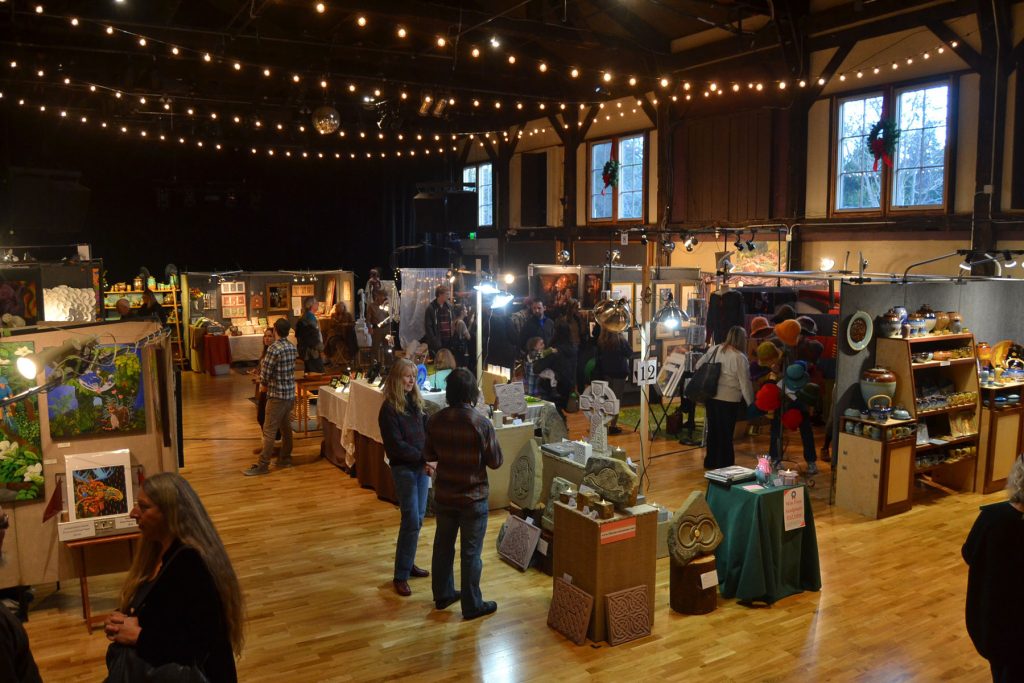
Today, Miners Foundry Cultural Center is a community and performing arts center, hosting more than 200 events per year. Its stone walls and massive timbers provide a unique and historic setting.
The foundry dates to 1856 and for many years provided metal and steel fabrication for the local mines. The first Pelton Wheel, a Nevada County invention which revolutionized hydroelectric power production, was built at the foundry in 1879.
History Of Miners Foundry
In its earliest days, the foundry was known as the Nevada Iron and Brass Foundry and Machine Shop. It became later known as Miners Foundry in 1907 and operated until 1965. From 1974 to 1989, the foundry was home to the American Victorian Museum.
Additional Info
Guests may enjoy historic artifacts exhibited throughout the foundry. Many of the displays are described in a printed self-guided tour available at the entry. Miners Foundry is located at 325 Spring Street in Nevada City. For information on exhibits and programs, call (530) 265-5040 or visit their website.
Firehouse Museum
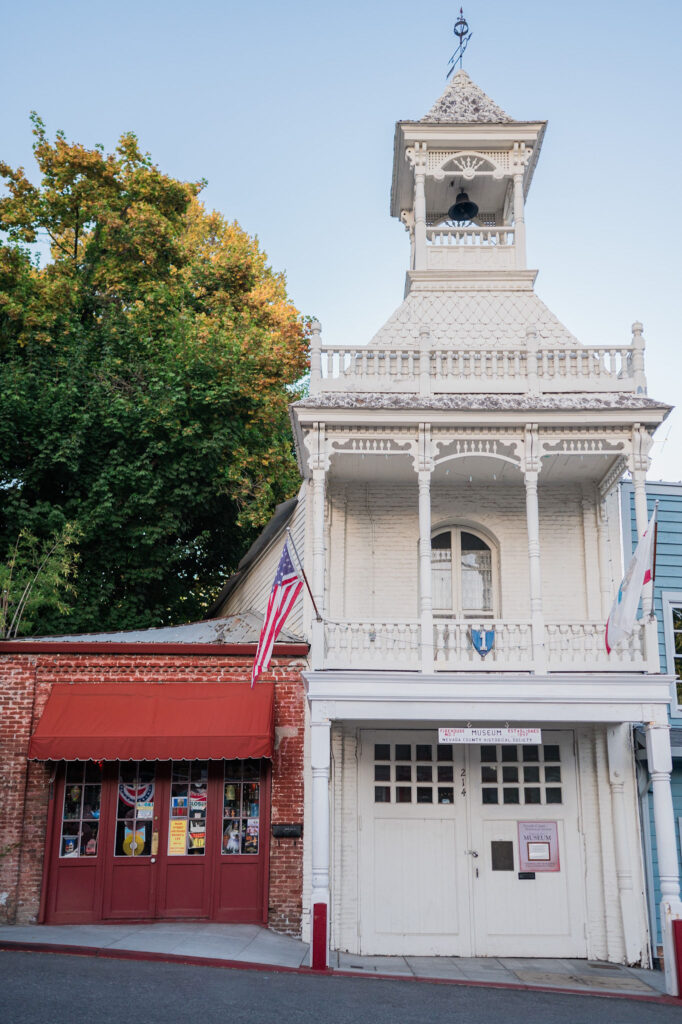
Firehouse No. 1 is perhaps the most-photographed building in Nevada City. Built in 1861 to house Nevada Hose Company No. 1, it has been a museum since 1947.
What to Expect
The museum, operated by the Nevada County Historical Society, offers a limited look at mining and more extensive relics of the Donner Party, Nisenan and Maidu Indians, pioneer clothing and furnishings, and a complete altar from a Chinese Joss House (temple) that was at one time located in Grass Valley’s Chinatown.
Additional Info
Located at 214 Main Street, the Firehouse Museum is open daily, 11 am to 4 pm during the summer. For winter hours and other information, call (530) 265-5468 or visit their website.
Gold Mining Historic Markers
- National Landmark Town. This marker, dedicated in 1985 when the city was named to the National Register of Historic Places, recognizes Nevada City “as the largest and best-preserved historical downtown district in California Gold Country.” Located in Calanan Park at Union and Broad streets in Nevada City.
- Ott’s Assay Office. An assay performed here by J. J. Ott in 1859 led to the famous Comstock Lode in the state of Nevada. A national and Nevada County landmark. Located at the foot of Main Street in Nevada City.
- Pelton Wheel and Five-Stamp Mill. Built in 1893, the mill crushed ore at the Fortuna Mine. The Pelton Wheel was used in the Pacific Gas & Electric Drum Division from 1928-1987 and donated by PG&E to Nevada City in 1987. Located at the foot of Main Street.
- Calanan Park Monitor and Drill Core. This hydraulic mining monitor used pressurized water to wash away hillsides in the quest for gold. The shaft drill core represents hardrock mining. It came from Grass Valley’s Idaho-Maryland mine in the 1930s. Located in Calanan Park.
Outlying Areas
Malakoff Diggins State Historic Park

In the 1860s and 1870s, hydraulic mine tailings clogged streams and rivers, destroyed farmlands, and caused flooding in the valley. After a lengthy legal battle, the hydraulic era ended Jan. 7, 1884, when Judge Lorenzo Sawyer issued a permanent injunction against dumping mine tailings into the Yuba River.
What To Expect
Today, visitors can inspect the diggins and the restored Gold Rush village of North Bloomfield at the center of the park. The town offers a museum and numerous mining exhibits. There are campfire programs and guided history walks in the summer. The park includes a wooded 30-site campground, several walk-in camp sites, and a group camp.
Additional Info
Malakoff Diggins is open daily year around (except for Thanksgiving, Christmas, and New Year’s Day). The museum is open 10-4 daily in the summer and 11-4 weekends after Labor Day until Memorial Day. Call ahead for town tour times and other information, (530) 265-2740 or visit their website.
How To Pan For Gold

If you know where to look, it’s not hard to find gold in Nevada County rivers. Some of the most accessible gold panning locations are on the South Yuba River at Bridgeport, Edwards Crossing and Washington, and on the Middle Yuba River at Oregon Creek. These are public stretches of river, so you don’t have to worry about claim jumping.
What You’ll Need
You’ll need a 12-inch or 18-inch gold pan (available at local shops), a small shovel, bucket, spoon, pocketknife, and a small vial for your gold flakes.
Where To Pan
Dig in old mine tailings, at turns in the river, around tree roots, and at the upstream ends of gravel bars where heavy gold may settle. Swirl water, sand and gravel in a tilted gold pan, slowly washing materials over the edge. Be patient. Keep at it until you are down to black sand and hopefully, gold.
What To Look For
Gold has a color all its own. You’ll be able to tell it from the brassier-looking pyrite or Fool’s Gold. Mica is another common substance which has some glitter but breaks down upon touch.
